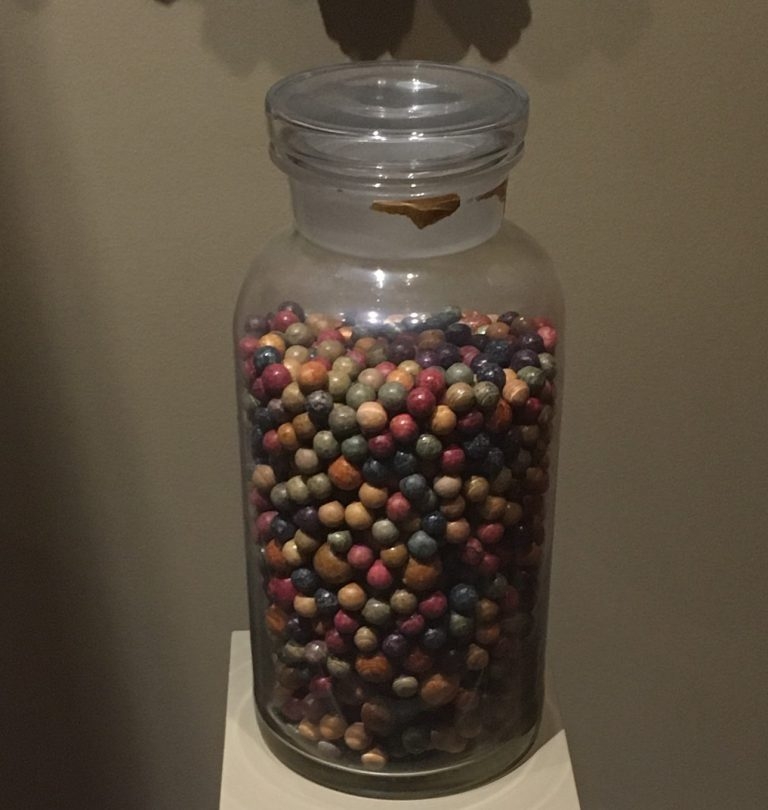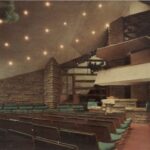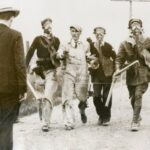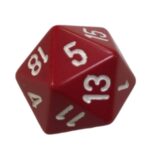Today, the Wisconsin State Fair is full of attractions, rides, and great food, but in its early years, it was a place for farmers to gather and share ideas about the agricultural industry. It wasn’t until the early 1900s that the state fair shifted its focus to these fun attractions while still providing a space to learn about Wisconsin agriculture.
This jar of marbles was used by John Sweet Donald in his educational state fair exhibits during the 1920s. Donald was a University of Wisconsin professor in Agricultural Economics. His booth included a number of educational tools that he used to help show farmers the importance of keeping good financial records for their farms.
This is one of two jars that were displayed in his state fair booth. One jar would represent how much it costs to run a farm and the other would be how much money the farm makes. Donald would ask fairgoers to guess how many marbles were in the jars, and when everyone had their guess, he would let them know that he had no idea. This frustrating exercise was meant to show farmers that in order to be successful they would have to keep records and not rely on guesswork to figure out how their farm was doing.
John Sweet Donald made many other contributions to the agricultural industry prior to his time as a professor. He was involved in Wisconsin politics as a senator and then as the secretary of state.

Donald is most well-known for the “Good Roads Bill”. This bill gave state funds to maintain roads that were previously kept up by farm owners, making it easier for farmers to get their products to market. Throughout his career Donald also ran his family farm in Springdale, WI, which was revered as an innovative farm. John Sweet Donald died in 1935, and the Donald farm was later placed on the national historic register. It can still be visited as part of the Donald Park Recreation Area.
Written by Nick Ostrem, April 2020.

Wisconsin Historical Museum
This object is part of the Wisconsin Historical Museum Collection, Object #1953.663. It has also been featured as part of the Curators’ Favorites Collection. Explore more objects from the collection here!
This object history is also part of the Wisconsin Historical Museum Mini Tour.


